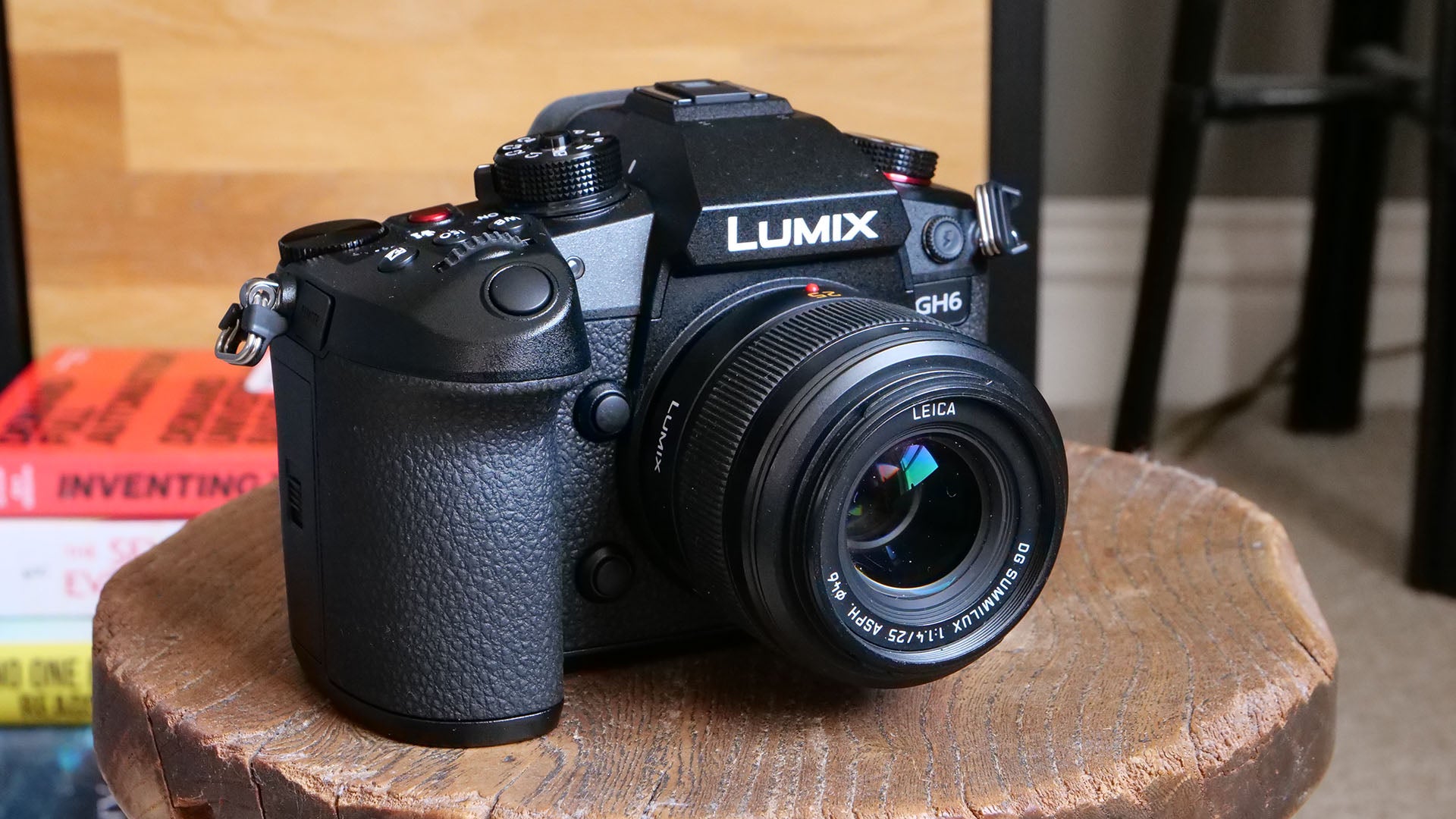With the secondary device market growing in 2020, hinting of declines ahead for new product sales, the smartphone market hit choppy waters last year, but it would appear that it entered calmer waters in the fourth quarter of the year, leading to the industry steaming.
Research from IDC, Omdia and Canalys shows that the smartphone market has bounced back to strong growth, driven mainly by the introduction of the 5G-capable iPhone 12, which in turn led to Apple delivering record revenues in its first fiscal quarter ended 26 December 2020.
According to preliminary data from IDC’s Worldwide quarterly mobile phone tracker, the worldwide smartphone market continued to improve in the holiday quarter of 2020, returning to familiar territory with 4.3% year-over-year growth.
The analyst calculated that smartphone suppliers shipped a total of 385.9 million devices during the quarter. While the full year 2020 declined by 5.9% compared with 2019, the study described progress towards market recovery as impressive and predicted the momentum heading into 2021 would remain strong.
“There are a lot of elements at play that are fuelling the smartphone market recovery – pent-up demand, continued supply push on 5G, aggressive promotions and the popularity of low to mid-priced phones,” said IDC research director Nabila Popal, explaining the dynamics in the quarter.
“Vendors also seem to be better prepared for the second lockdown, ensuring they have the right channel set up ready to fulfil orders and reach the end consumer. Lockdowns also have people spending less on areas like leisure, travel and dining out – and smartphones are benefiting from this. In addition to all these factors, the fast recovery and resilience of the smartphone supply chain also has to be given some credit.”
Popal described Apple’s performance in the fourth quarter of 2020 as phenomenal, returning to the number one position with 90.1 million devices shipped, driven by the success of the iPhone 12 series. Indeed, as it reported its financial performance for the three-month period to 26 December 2020, the consumer electronics giant announced revenues totalling $111.439bn, up 21.36% compared with the same time a year ago. The driving force of the revenue surge was the iPhone with $65.597bn in revenues, an increase of 17.22%. Net income for the quarter was $28.755bn. a rise of 29.31% on an annual basis.
According to analyst Omdia’s latest smartphone tracker, the global smartphone market ended 2020 with 4.7% year-over-year growth in the final quarter, compared with the same period in 2019. Global shipments reached 381.1 million units in the quarter – up from 364 million units in the same quarter in 2019. Quarter-on-quarter, shipments increased by 6.7% from 357.3 million units in the third quarter of 2020.
Omdia’s report showed Apple as the leading manufacturer in the fourth quarter of 2020, shipping 84.5 million units, up 20.5% annually, and 204 million units for the year, 4.6% more than a year ago. By contrast, in second spot was Samsung, shipping 62.2 million units, down 11.1% compared with the final quarter of 2019. Samsung’s annual shipments reached 257 million units, the lowest volume since 2013. Omdia said the pandemic had had a significant impact on Samsung in the first two quarters of the year.
For its part, Canalys calculated that in the fourth quarter of 2020, worldwide smartphone shipments reached 359.6 million units, a small decline of 2% year-on-year. It said Apple shipped the highest number of iPhones ever in a single quarter, at 81.8 million units, up by 4% against the previous year. Samsung took second place, shipping 62 million units for a 12% decline.
Xiaomi, Oppo and Vivo completed the top five, with each seeing share gains from Huawei, including the Honor business line. Xiaomi grew by 31% to 43.4 million units, Oppo grew by 15% to 34.7 million units, while Vivo shipped 32.1 million units for 14% growth.
Huawei came in sixth place, with 32 million smartphones shipped. This marked the first time in six years that it fell outside the global top five smartphone suppliers.
For the full year of 2020, Canalys placed Samsung in the global leader position, with 20% global market share, while Apple came in second place and Huawei remained in the top three.












